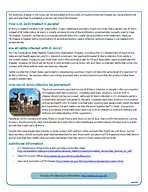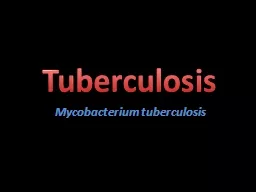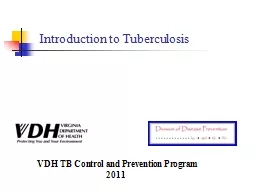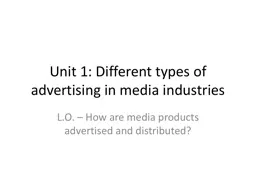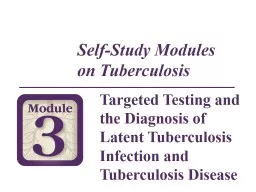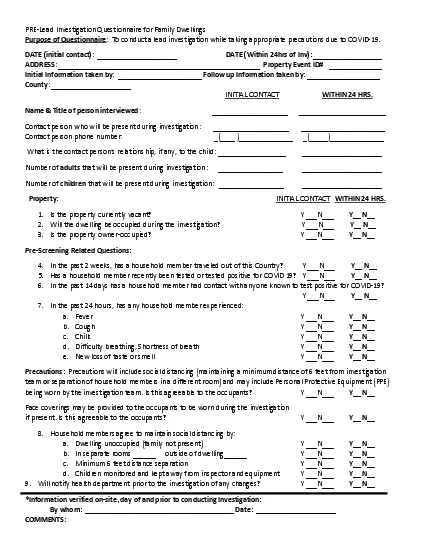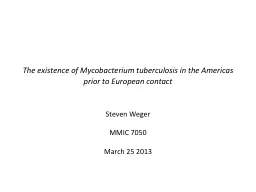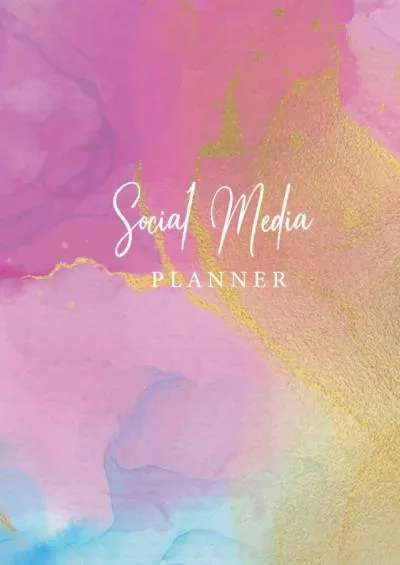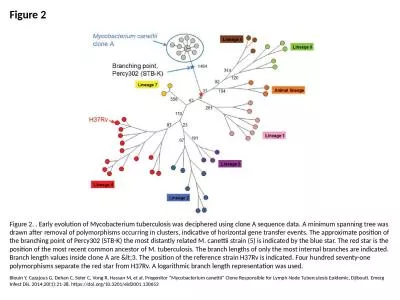PPT-Using Social Media to Augment Traditional Tuberculosis Contact Investigation Methods
Author : ripplas | Published Date : 2020-06-17
Leslie Henry BSN RN PHN Nurse Consultant Tuberculosis Control Branch California Department of Public Health Objectives Describe how s ocial m edia sites can be
Presentation Embed Code
Download Presentation
Download Presentation The PPT/PDF document "Using Social Media to Augment Traditiona..." is the property of its rightful owner. Permission is granted to download and print the materials on this website for personal, non-commercial use only, and to display it on your personal computer provided you do not modify the materials and that you retain all copyright notices contained in the materials. By downloading content from our website, you accept the terms of this agreement.
Using Social Media to Augment Traditional Tuberculosis Contact Investigation Methods: Transcript
Download Rules Of Document
"Using Social Media to Augment Traditional Tuberculosis Contact Investigation Methods"The content belongs to its owner. You may download and print it for personal use, without modification, and keep all copyright notices. By downloading, you agree to these terms.
Related Documents


